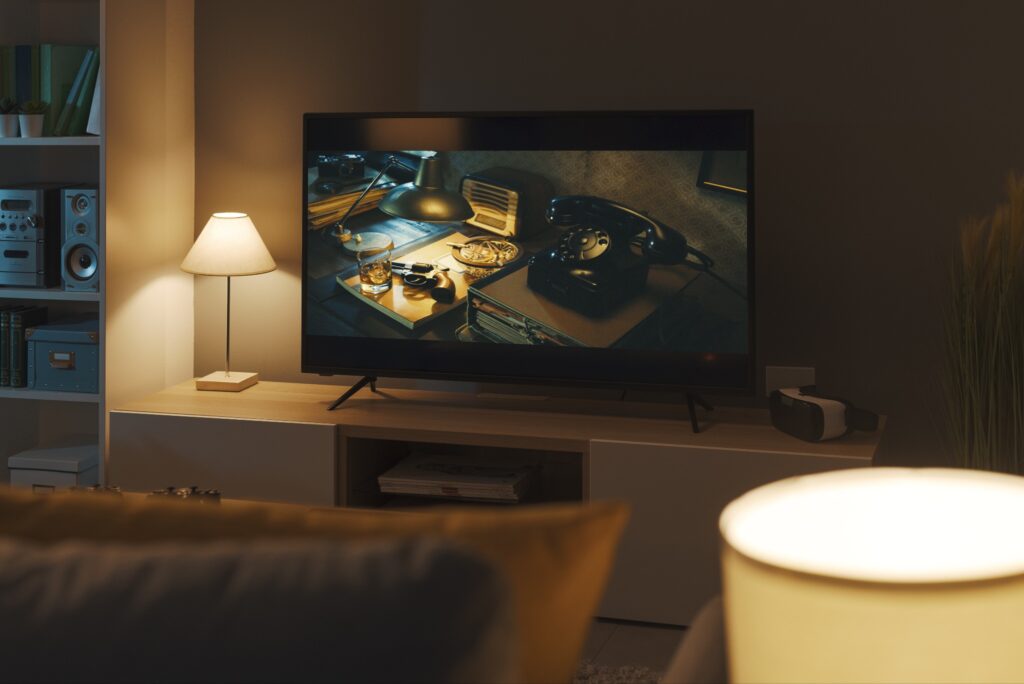The evolution of television technology has been a journey marked by leaps in resolution, promising viewers an increasingly immersive and crystal-clear visual experience. From the standard definition era to the high-definition revolution, and now the dominance of 4K, the quest for higher resolutions continues. In this blog post, we delve into the world of TV resolutions, exploring the significance of 4K and looking beyond to the next frontiers in visual excellence.
1. The Rise of High Definition (HD): A Game-Changer
The transition from standard definition (SD) to high definition (HD) marked a significant milestone in television technology. HD, with a resolution of 1920 x 1080 pixels, offered viewers sharper images, richer colors, and a more immersive viewing experience. The shift to HD became a standard for television broadcasts, Blu-ray discs, and streaming services, setting the stage for the next wave of advancements.
2. The 4K Revolution: Unveiling More Pixels
4K, also known as Ultra High Definition (UHD), took television resolution to new heights. With a resolution of 3840 x 2160 pixels, 4K TVs deliver four times the number of pixels as HD, resulting in a stunningly detailed and lifelike image. This increased pixel density is particularly noticeable on larger screens, providing a sharper picture and making it the go-to choice for home theaters and high-end displays.
3. HDR (High Dynamic Range): Elevating Visual Realism
While not a resolution per se, High Dynamic Range (HDR) deserves mention for its transformative impact on image quality. HDR enhances the contrast and color range of a TV, allowing for brighter highlights, deeper blacks, and a more extensive range of colors. When combined with 4K resolution, HDR creates a visual feast that brings out intricate details in both shadows and highlights, resulting in a more realistic and captivating viewing experience.
4. The Quest for 8K: A Glimpse into the Future
As technology continues its relentless march forward, 8K resolution emerges on the horizon. An 8K TV boasts an impressive resolution of 7680 x 4320 pixels, offering an even more detailed and refined visual experience. While the jump from 4K to 8K may not be as immediately noticeable on smaller screens, larger displays benefit significantly from the increased pixel count, providing an unrivaled level of clarity.

5. Quantum Dot and OLED Technologies: Enhancing Color and Contrast
Beyond resolution, advancements in display technologies play a crucial role in shaping the TV viewing experience. Quantum dot and OLED (Organic Light-Emitting Diode) technologies contribute to enhanced color accuracy and contrast. Quantum dots, when applied to LED-backlit LCD screens, produce vibrant and accurate colors. OLED, on the other hand, offers pixel-level control over brightness and color, resulting in deeper blacks and infinite contrast ratios.
6. MicroLED Displays: The Promise of Modular Screens
MicroLED is an emerging display technology with the potential to redefine the way we think about TV screens. It consists of microscopic LEDs that emit their own light, similar to OLED. What sets MicroLED apart is its modular nature, allowing users to build screens of various sizes by combining smaller MicroLED panels. This flexibility opens up possibilities for customizable and modular displays, offering a glimpse into the future of TV technology.
7. The Role of Refresh Rates: Smoother Motion
While resolution steals the spotlight, refresh rates are crucial for ensuring smooth motion on-screen, especially during fast-paced action sequences or sports broadcasts. The standard refresh rate for TVs is 60Hz, but higher refresh rates like 120Hz or 240Hz contribute to smoother motion, reducing motion blur and enhancing the overall viewing experience.
8. Smart TVs and Connectivity: Beyond the Screen
Modern TVs are not just about resolution and display technology; they are also smart, connected devices. Smart TVs offer built-in apps, streaming services, voice control, and seamless integration with other devices. Connectivity features, such as HDMI 2.1, enable support for higher resolutions and refresh rates, ensuring compatibility with the latest gaming consoles and other multimedia devices.
Choosing the Right TV for You: Considerations and Future Trends
As you navigate the landscape of TV resolutions and technologies, several factors should guide your decision.
The size of your TV should be proportional to the viewing distance. Larger screens, especially those with higher resolutions like 4K or 8K, shine when viewed from a suitable distance to fully appreciate the increased detail. Higher resolutions and advanced display technologies often come with a higher price tag. Evaluate your budget and balance it with your desired features to find the best TV for your needs.
Consider the availability of content in the resolution you choose. While 4K content is increasingly prevalent, 8K content is still limited. Ensure that your chosen resolution aligns with the content you intend to watch. Technology evolves rapidly, and future-proofing your TV purchase can be challenging. However, considering features like HDMI 2.1 support and adherence to emerging industry standards can ensure your TV remains compatible with upcoming devices and content formats.

Navigating the TV Technology Landscape
The world of TV resolutions is a dynamic and ever-evolving landscape. From the HD revolution to the 4K era and the promise of 8K, each step forward brings viewers closer to a visual experience that mirrors reality.
Ultimately, the right TV for you depends on your preferences, viewing habits, and budget. As you embark on the journey to upgrade your TV, consider the technological landscape, weigh your priorities, and step into the future of home entertainment. Visit the SmarterHome.ai blog to learn more about choosing the right TV and cable provider for your needs.

